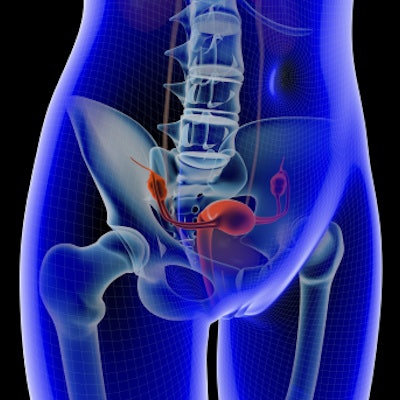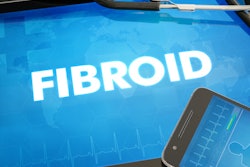
Uterine fibroid embolization (UFE) is a more effective treatment for fibroids than myomectomy, with fewer postprocedural complications. But many women aren't aware of UFE as a treatment option, according to research presented at the Society of Interventional Radiology (SIR) 2019 annual meeting in Austin, TX.
"Uterine fibroids are very common," said Dr. Jemianne Bautista-Jia of Kaiser Permanente in Los Angeles in a preconference briefing on March 18. "In fact, a majority of women will experience them by age 50. But 44% of women diagnosed with fibroids have never heard of UFE."
Uterine fibroids are noncancerous tumors that occur in the muscle cells of the uterus. Some women with fibroids do not experience symptoms, but others have heavy bleeding, pelvic pain, and abdominal swelling. Treatments vary, ranging from medication to relieve symptoms to surgical approaches such as myomectomy or hysterectomy.
UFE is a less-invasive treatment option than surgery, according to Bautista-Jia. It is performed by interventional radiologists, who insert a catheter into the uterine arteries and release particles that block blood flow to the fibroid.
Bautista-Jia's group examined the rate of follow-up interventions after UFE and myomectomy, analyzing the outcomes of 950 patients with uterine fibroids who were treated between January 2008 and December 2014. Half the patients underwent UFE, while the other half were treated surgically with myomectomy.
After an average follow-up time of seven years, women who underwent myomectomy had a higher rate of postprocedural complications, the researchers found. This included a 2.9% rate of blood transfusion -- significantly higher than the 0.9% rate for those who underwent UFE.
The two methods of dealing with fibroids were comparable in their effectiveness when it came to the need for further interventions (such as UFE, myomectomy, hysterectomy, and endometrial ablation). In women who initially had UFE, the overall rate of further intervention was 8.9%, while in women who initially underwent myomectomy, the rate was 11.2%.
The study showed that UFE reduced heavy menstrual bleeding by 75.4%, compared with 49.5% for myomectomy (p < 0.01), Bautista-Jia said.
| Myomectomy vs. UFE for fibroid treatment | ||
| Performance measure | Myomectomy | UFE |
| Complications | ||
| Blood transfusion | 2.9% | 0.9%* |
| Pelvic infection | 0.2% | 1.1% |
| Rehospitalization | 2.9% | 2.7% |
| Secondary interventions | ||
| Overall secondary intervention rate | 11.2% | 8.9% |
| Hysterectomy | 5.3% | 4.2% |
| UFE | 1.7% | 3.3% |
| Myomectomy | 4.4% | 1.3%* |
The results show that women have multiple options for treating uterine fibroids, and they support the use of UFE as a beneficial treatment, she said.
"UFE is minimally invasive, produces less pain, requires shorter recovery time, and allows women to get back to their lives sooner," Bautista-Jia concluded. "We hope our study helps raise awareness among physicians, as well as the average woman, that UFE is a viable and beneficial treatment for uterine fibroids."




















